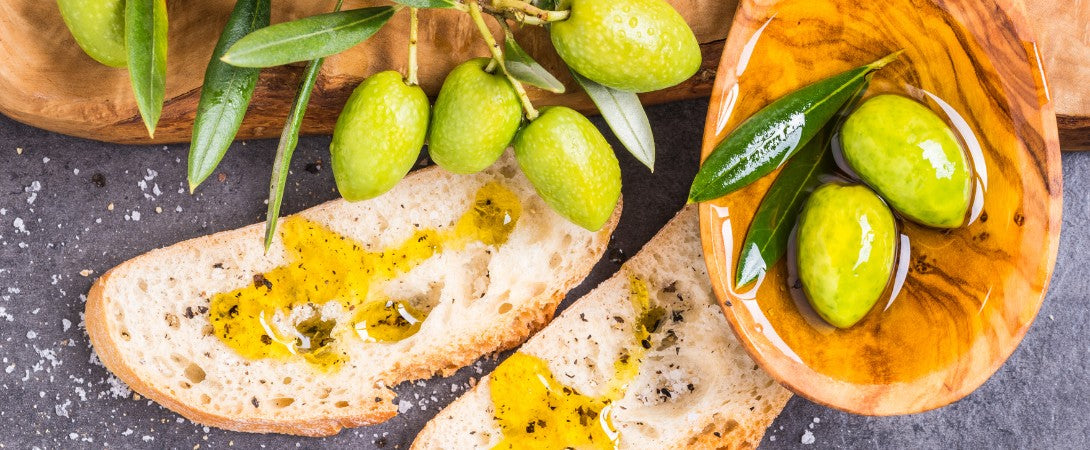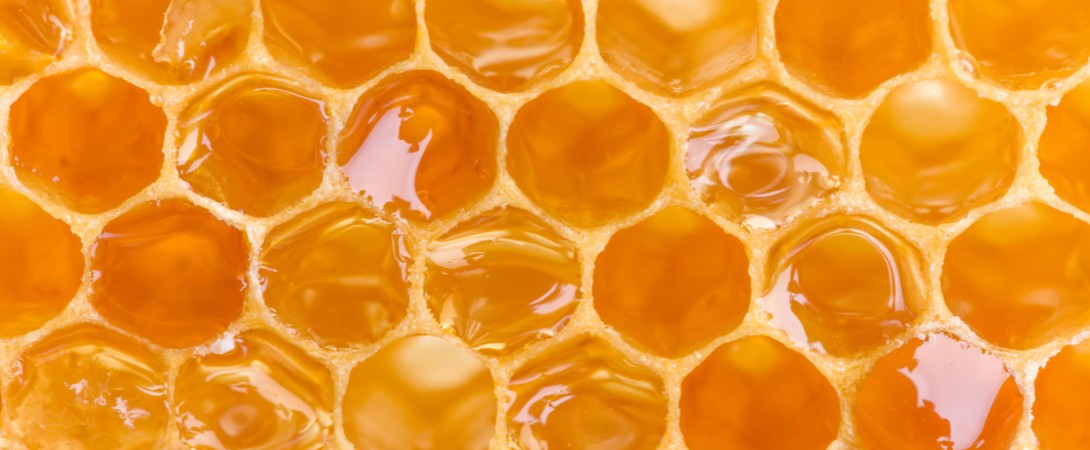Hazelnut flour for a creamy delicate crunch
Hazelnut flour delivers creamy aroma, delicate sweetness, and the nutrient matrix of whole hazelnuts in a format fit for modern pâtisserie and functional blends.
Each spoonful of hazelnut flour carries lipid-soluble vitamin E, chiefly α-tocopherol, plus oleic acid that mirrors extra-virgin olive oil.
Soluble and insoluble fibre ride alongside complete amino acids, and polyphenols defend oxidative stability.
Hazelnut flour is naturally free from gluten and grants golden crumb colour to cakes while moderating starch digestion.
La Botanique Sacrée turns to hazelnut flour when a recipe calls for round nut warmth, gentle binding power, and botanical precision.
Science and Composition
Chemical Composition
Defatted hazelnut flour averages 12 percent water, 12 percent protein, 8 percent carbohydrate, 63 percent fat (mainly oleic and linoleic acids), and 5 percent fibre pmc.ncbi.nlm.nih.gov.
Tocopherols reach 47 mg per 100 g, dominated by α-tocopherol, while total polyphenols measure 122–172 mg GAE per gram in roasted skin fractions pmc.ncbi.nlm.nih.gov.
Minerals include 680 mg potassium, 114 mg magnesium, and 163 mg calcium per 100 g of hazelnut flour
Origin & Nutritional Composition
Seventy percent of global hazelnuts grow along Turkey’s Black Sea coast, especially in Ordu and Giresun where maritime humidity tempers summer heat.
Harvested kernels dry in lofts to below six percent moisture before gentle roasting at 140 °C that unlocks Maillard sweetness yet keeps peroxide values low .
Hazelnut flour milled from these kernels supplies 178 kcal, 4.2 g protein, 17 g fat, and 2.8 g fibre per 28 g serving, with zero wheat gluten and inherently low glycaemic impact
Reported Health Benefits
Human trials associate daily consumption of hazelnut flour with maintained HDL cholesterol and reduced LDL oxidation thanks to oleic acid and tocopherols .
Polyphenols in hazelnut flour scavenge peroxyl radicals at rates similar to pomegranate arils, while fibre feeds commensal bifidobacteria that yield short-chain fatty acids supportive of gut barrier integrity.
Hazelnut flour delivers manganese and copper required for superoxide dismutase activity, reinforcing endogenous antioxidant defence.
Heritage and Function
Cultural Significance & Historical Significance
Hazelnuts fed Mesolithic communities and later flavored Roman honey cakes. Medieval monks in Piedmont crushed nuts with cacao to birth gianduja, a precursor to modern praline spreads.
German folklore viewed hazel groves as guardians against lightning, illustrating the nut’s symbolic protection value
Flavor Profile
Fresh hazelnut flour releases aromas of warm praline, browned butter, and subtle orchard skin. Roast depth varies by time curve: lighter roasts sustain milky nougat while darker roasts unveil cocoa hints. Heat is absent; sweetness is restrained, making hazelnut flour a companion to cacao, stone fruits, and autumn spices.
Fun Tidbits
One tonne of Turkish harvest supplies 700 kg in-shell nuts that shrink to 350 kg kernels and 35 kg hazelnut flour fines.
Defatted hazelnut flour raises bread crumb yellowness index by 18 percent without synthetic colourants.
Classical Florentine biscuits brutti ma buoni rely on hazelnut flour’s emulsifying lecithin for their craggy domes.
La Botanique Sacrée's Approach
Hazelnut flour grants velvet nut gravity that steadies wild blueberry tang, sea buckthorn citrus, and the earthy line of turmeric. Its oleic-rich lipids extend aromatic retention, letting volatile cardamom and cinnamon bloom longer in baked crumb. Fibre content harmonises with superfood mandates while remaining visually appealing and non-chalky.
Sourcing Information
La Botanique Sacrée selects single-estate hazelnut flour from the Terme valley of Turkey, certified organic and lightly roasted, then cold-milled under oxygen-reduced atmosphere.
Products featuring hazelnut flour
• PSALM BAKE – A nordic inspired rustic baking blend where toasted hazelnut flour marries turmeric and wild blueberry for deep rustic warmth









